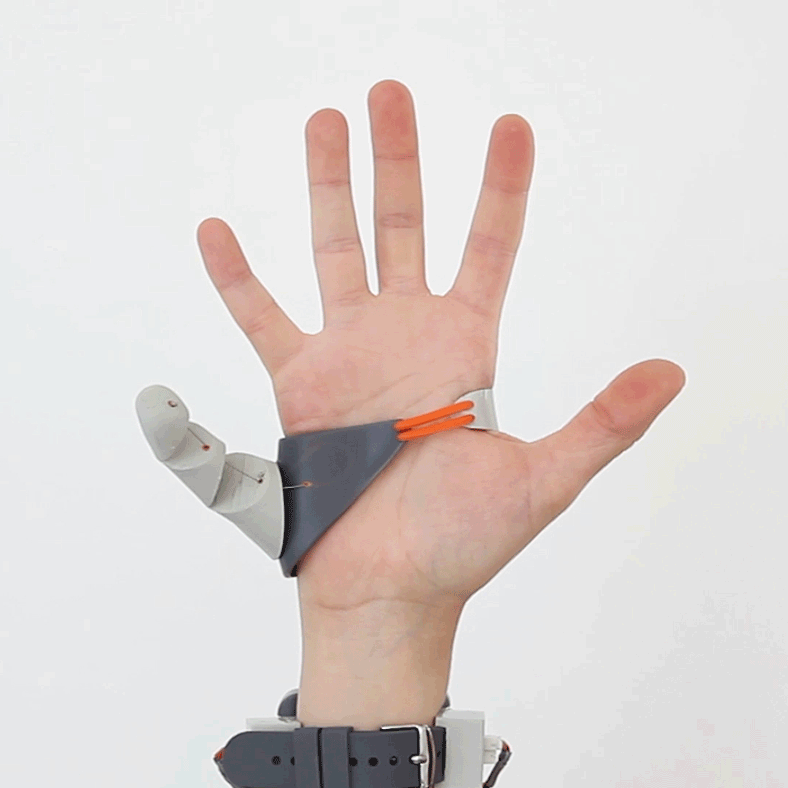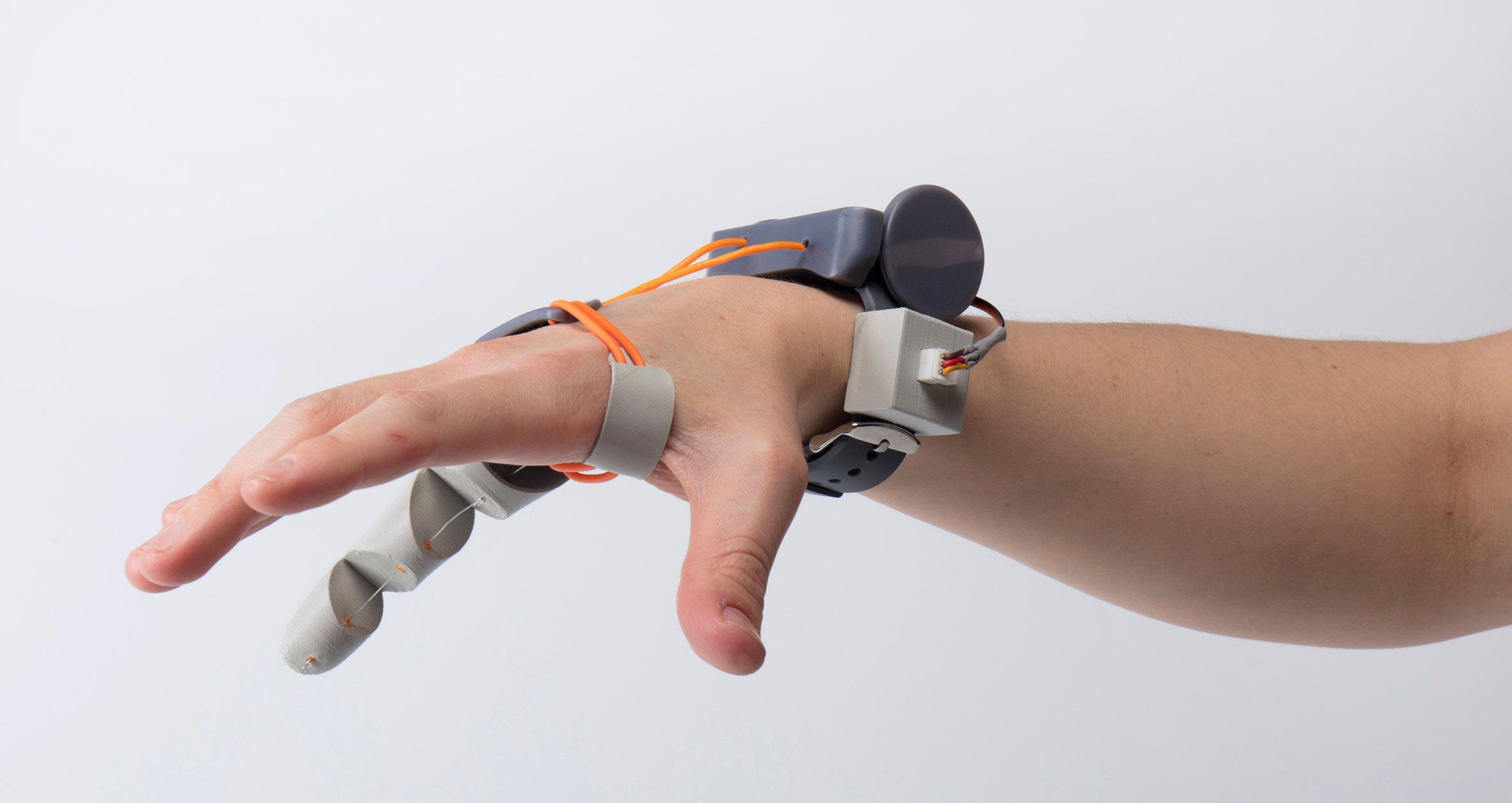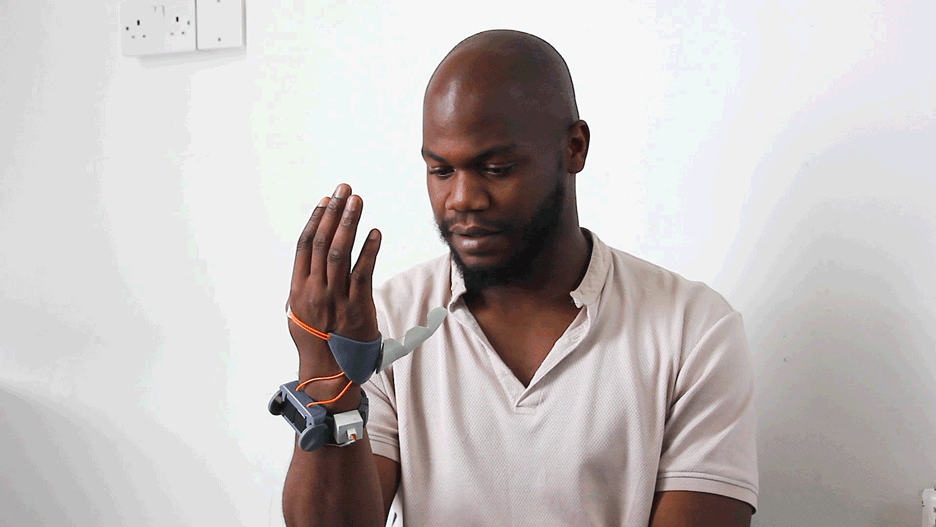Artificial Third Thumb for enhancing human abilities!
The technology is doing real wonders in prosthesis development. We at Techoids have always followed interesting things happening in prosthesis industry and this is cool news as well.
What a couple of decades ago was science fiction material can now improve the quality of life of many patients around the globe. However, Dani Clode’s Third Thumb student seeks to demonstrate the potential for optimization in a prosthesis when it is used by someone with their natural abilities intact. Let’s think about it for a moment: What could we do with an extra thumb?
Some animals have extraordinary ability to control legs, paws, claws, tail, nose and tongue, but the human being has managed to obtain very strong advantages through his hands, even without being the only pentadactyl in nature. Losing fingers and hands in accidents or due to illness is a real tragedy, and both medicine and technology experts do their best to restore that loss. Now, there is a curious detail: The word prosthesis comes from the Greek “prosthesis”, which means “addition”, and maybe that is a better description for what we have here today: The Third Thumb project.
Third Thumb is a motorised thumb designed by student Dani Clode of the Royal College of Art. The control system based on pressure sensors, batteries and a Bluetooth link, is installed on the user’s feet. Depending on the command received, the Third Thumb moves or closes as opposed to the natural thumb. With enough training, the user can add this extra thumb to typical actions, say using a tablet, squeezing lemons, and even playing an instrument. The Third Thumb was printed using NinjaFlex filament, whose main characteristic is its flexibility.

The goal of Code is to challenge the conventional idea of a prosthesis, which associates it automatically with disabled people. Instead of being seen as a tool to replace a lost member or compensate for this deficit, Clode proposes to install the debate on a prosthesis optimising the human being. The reaction of the users to the new thumb is very interesting, but personally, I am convinced that their control platform needs to explore other options besides the feet. Why not “mirror” the natural thumb?


